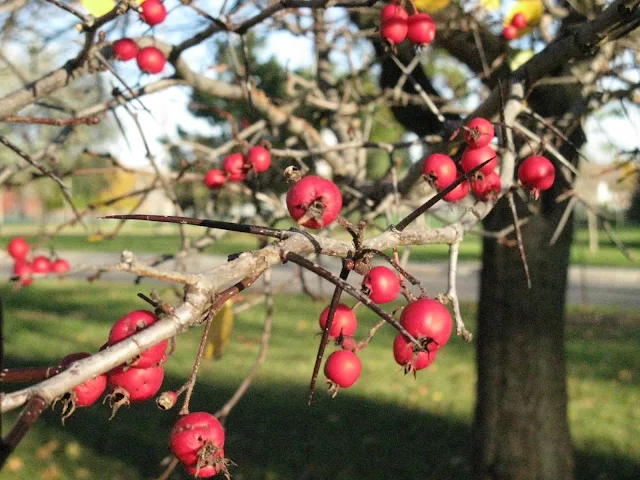The bear is a symbol of rebirth, for the bear hibernates during the winter which is a kind of death, and then in spring he emerges from his cave, as though brought back to life, as though reborn. The shaman is a representative of the world's oldest spirituality.
Witness the white bear of the poles, and the white shark of the tropics; what but their smooth, flaky whiteness makes them the transcendent horrors they are?
—Herman Melville, Moby Dick
Witness the white bear of the poles, and the white shark of the tropics; what but their smooth, flaky whiteness makes them the transcendent horrors they are?
—Herman Melville, Moby Dick
That inescapable animal walks with me,
Has followed me since the black womb held
—Delmore Schwartz, “The Heavy Bear Who Goes With Me”
Has followed me since the black womb held
—Delmore Schwartz, “The Heavy Bear Who Goes With Me”
The moon was high now, sailing in icy splendour of solitude
over the immensity of the ancient wood.
—Charles G.D. Roberts, The Heart of the Ancient Wood
over the immensity of the ancient wood.
—Charles G.D. Roberts, The Heart of the Ancient Wood
Cave paintings from the Cueva de la Vieja, Alpero, Spain.
Years ago my brother gave me a wood cut print entitled "Shaman on the back of a bear"; I kept this wood cut for many years but when we moved to this house I was hasty and discarded it. I regret that I no longer have this piece of art, but I did write a poem that was inspired by it. Here is the poem:
a shaman on the back of a grizzly
the black fur a black streak
moving between the trees
then across an open grassy field
a shaman eyes blackened
hair hanging limply down over ears
& arms holding to handfuls of bearskin
he leans slightly forward
knees pressing to flanks
the grizzly face down & mouth open
a bewildered look on his face
we see the white of his teeth
we see the shaman mouth open
we see him see us
we see them disappear back into the forest
they see us disappear back into the forest
we see them disappear back into the forest
we see him see us
the black fur a black streak
moving between the trees
then across an open grassy field
a shaman eyes blackened
hair hanging limply down over ears
& arms holding to handfuls of bearskin
he leans slightly forward
knees pressing to flanks
the grizzly face down & mouth open
a bewildered look on his face
we see the white of his teeth
we see the shaman mouth open
we see him see us
we see them disappear back into the forest
they see us disappear back into the forest
we see them disappear back into the forest
we see him see us
(1972)














